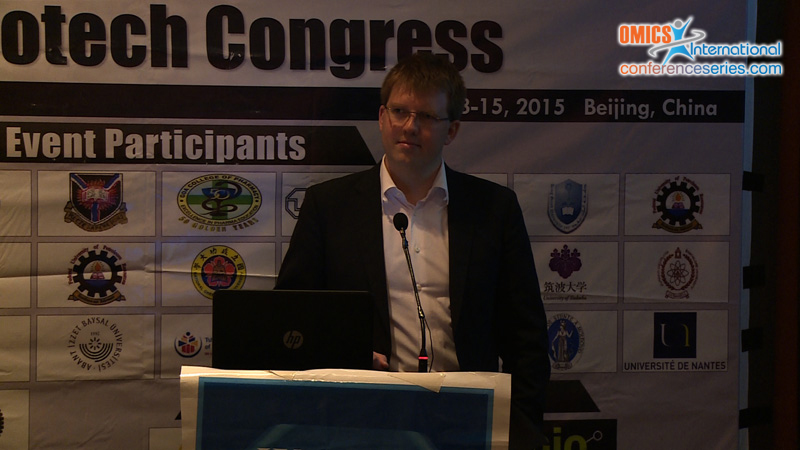Felix Lenk
Dresden University of Technology, Germany
Title: How can bench-top lab automation systems speed up the development of bioprocesses – Current solutions and future prospects
Biography
Biography: Felix Lenk
Abstract
Laboratory automation was, also due to devices sizes and technologies used, often unavailable to small and middle sized laboratories. However based on the constant development in automation engineering innovative components offer endless possibilities for an engineering of bench-top devices for laboratory automation. In order to improve the development of bioprocesses and routine tasks in microbiology labs the most current technologies are presented. A fully automated solution for nutrient medium preparation with a volume of up to 2 L is currently developed at the Chair of Bioprocess Engineering at the TU Dresden. The device is fully compliant to the guidelines for laboratory devices and produced batches can be tracked (GMP-compliant). With this solution for the automation of nutrient medium preparation the risk of human errors is consequently lowered and the quality of medium preparation is expedited. Users select the appropriate recipes for the nutrient medium from the data-base and after 7 minutes the medium preparation is completed. The PetriJet, also developed at the TU Dresden, aims at all processes associated with culture dishes and can handle more than 100 culture dishes automatically with a patented multi-functional mechanical gripper. The gripper allows to perform various tasks in conjunction with different processing stations such as imaging of cultures dishes using the PetriCam tripod, filling of empty culture dishes with nutrient medium or even transferring samples from on culture dish to another. A unique feature of PetriJet is a processing station that provides real-time stereo images using a stereo camera setup. The integrated software allows a reconstruction of the 3D-image and extensive image analysis for parameter extraction. Many standard tasks in laboratory environments have the potential for an automated solution that fits on one standard work-bench. The authors present a detailed comparison between manual work and the respective prototype automation solution as well as commercial products already available to the market based on a field study finding that the presented lab automation solutions typically enable for a 4 times higher sample throughput while cutting down labor cost by about 75 %.

